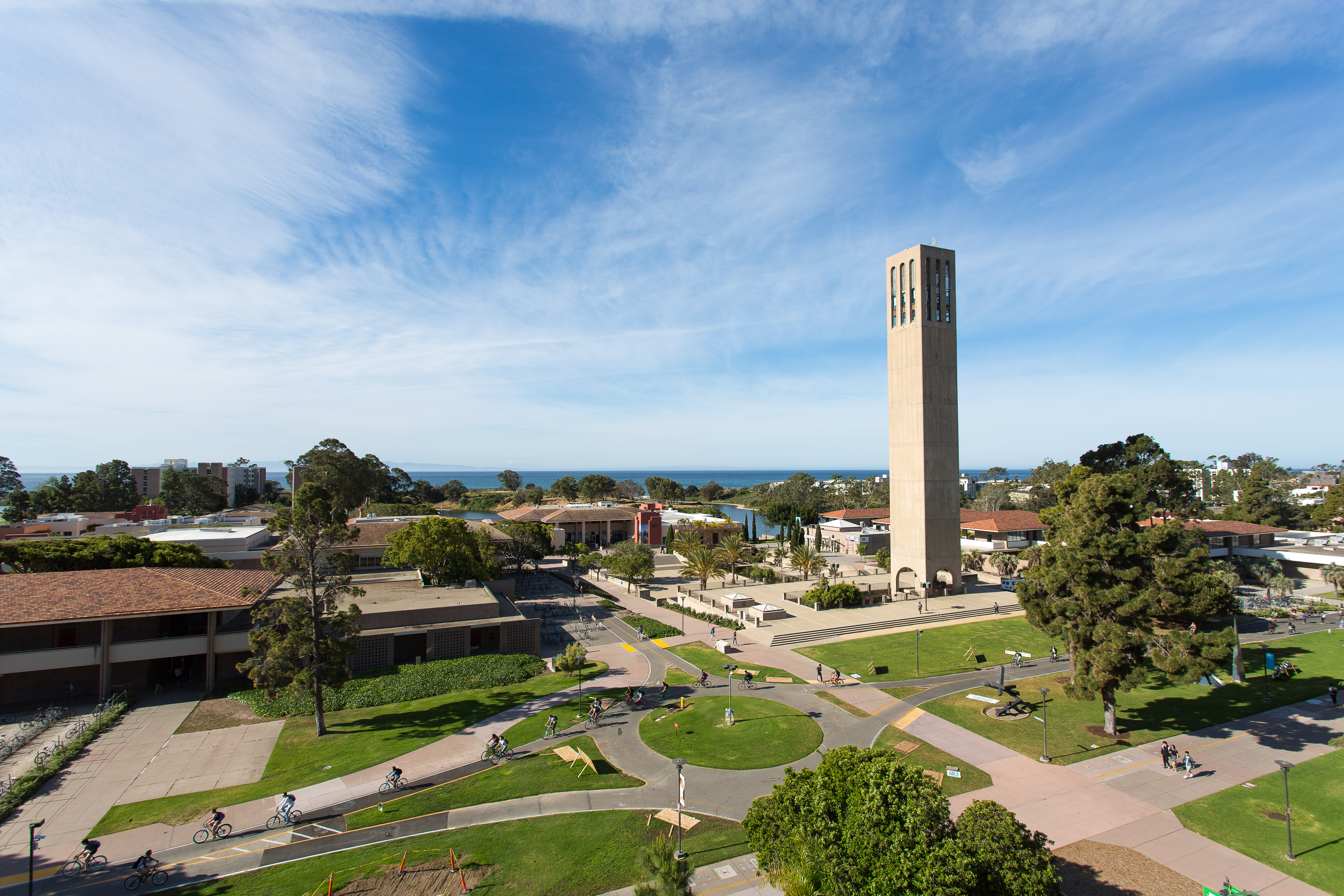
Seismic Safety Redefined
With sun-kissed beaches and a temperate climate matching that of the Mediterranean coast, Santa Barbara has been dubbed the American Riviera. But for all its natural beauty, the region is not without its faults — of the earthquake kind.
Several fault lines run beneath or in close proximity to Santa Barbara County, and collectively they create the potential for major earth movement.
“Santa Barbara is in the southern California ‘hot zone’ that stretches from Los Angeles west through the Santa Barbara Channel, where future earthquakes are likely to occur,” said Edward Keller, a UC Santa Barbara professor of earth science.
Among the on-shore faults that pose the greatest risk to the Santa Barbara area are the Mission Ridge Fault system, which is subdivided into the More Ranch, Mission Ridge and Arroyo Parida segments, and, of course, the San Andreas fault. Off-shore, it’s the Red Mountain Fault System and the Ventura-Pitas Point fault, which runs through downtown Ventura and then veers out toward the coast and along the Santa Barbara Channel.
“We are in an active seismic belt,” said Keller.
As the science of seismology (the study of earthquakes) and seismicity (the occurrence or frequency of earthquakes in a region) has become more finely tuned, the factors used to determine seismic safety have followed suit. That in turn has prompted UC to revise its seismic safety policy and to assess the 6,000 buildings on its 10 campuses and determine which do — and, more importantly, which do not — meet UC’s higher standards.
At UC Santa Barbara, seismic abatement programs have been ongoing, in keeping with the seismic policy UC has had in place since the 1970s. Over the years, entire buildings — and parts of buildings — have been retrofitted as necessary, and in at least one case, an existing building was rebuilt from the ground up. The campus’s broad effort was nearly completed when new data and advances in earthquake science changed the factors on which previous assessments were based.
“This is a reflection of our refined understanding of earthquakes and seismic safety,” said Matthew Barnard, a principal engineer with Degenkolb Engineers in Los Angeles, one of the firms responsible for assessing buildings on the UC Santa Barbara campus. “We evaluate and strengthen buildings based on today’s understanding of the seismic hazard versus what might have been known years ago when the building was originally designed and built. The unfortunate impact of this is that buildings designed to the minimum requirements of the code in the past might now be considered as potentially at risk during a large seismic event.”
Initial studies currently being completed systemwide are a high-level, quick review of all UC buildings. “It gives us a rational means to sort the buildings into buckets,” said Barnard. “The higher the rating number, the more effort is needed to understand the nuances of the building as well as the likelihood that retrofit or other mitigation is needed.”
As buildings are assessed for earthquake resiliency, they are assigned to a rating level. Levels I-IV are considered compliant with the seismic safety policy. Level V buildings require further evaluation and if structural issues are confirmed, must be addressed. Level VI buildings are a high-priority for correction, and those at level VII must not be occupied and access should be restricted.
At UC Santa Barbara, a number of campus buildings have initially been rated V and and a few are VI. However, as Barnard explained, level V ratings are typically assigned to buildings that are older or have features similar to other buildings that have not performed well in the past. “It does not necessarily mean the building is a problem; it really means the building needs further study or may not need retrofit,” he said.
Buildings are evaluated also on improved understanding of how they and their components actually perform during a seismic event. “This is based on the lessons learned after every large earthquake plus the extensive research and testing being done by researchers, academic institutions and others worldwide,” Barnard explained. “Their work continues to improve our code requirements as gaps in our previous understanding are filled in.”
Improved technology, including new software and hardware tools, have greatly enhanced the ability of engineers to model how buildings perform, as compared to even just a few years ago.
“Recent research about how buildings on campus might respond to seismic events have identified additional opportunities for strengthening these structures,” said Garry Mac Pherson, vice chancellor for administrative services. “It is our intention to take advantage of this new information to assure the structural integrity of our buildings.
“In many instances, these enhancements can be relatively simple and low-cost,” Mac Pherson continued. “In others, particularly those buildings that were constructed to earlier codes, more extensive work might be required.”
According to Mac Pherson, every building on campus was inspected during the initial construction to assure code compliance. However, building and fire codes are revised every three years and often result in changes and enhancements. “When you include improvements in technology, which allow us to measure seismic events against the strength of materials used in construction, along with code enhancements, we often see safer and stronger building designs resulting from this effort,” he said. “The process we are currently undergoing should be viewed similarly.”
It’s also important to note, said Barnard, that in keeping with the building code, “we deal with low probability/really high-impact events. For structural engineers and for most buildings, it’s not the small regular shaking that is of concern — it’s the really big shaking. We have to design for the worst events.”
Not to mention the fact that seismic engineering is an evolving field and the standards and expectations for building performance are constantly being enhanced as more testing is completed, more research is done and actual building performance is observed via seismic events worldwide. “What that means is buildings that were once considered great may now need a second look,” Barnard said. “No one likes that part of this, but it is the reality.”
Noted Willie Brown, associate vice chancellor for housing, dining and auxiliary enterprises, “As part of the campus capital plan, and prior to the seismic report, plans are being made to remediate those areas of concern, particularly the San Miguel and San Nicolas residence halls, well in advance of the 2030 deadline set by the Office of the President. These facilities were constructed in full compliance with the seismic codes of the State of California, and UC’s decision to raise our seismic standards does not suggest an increased risk to students living in our residence halls.”
The mandate from the UC Office of the President gives campuses until December 2030 to bring all level V and VI buildings into seismic safety compliance.



